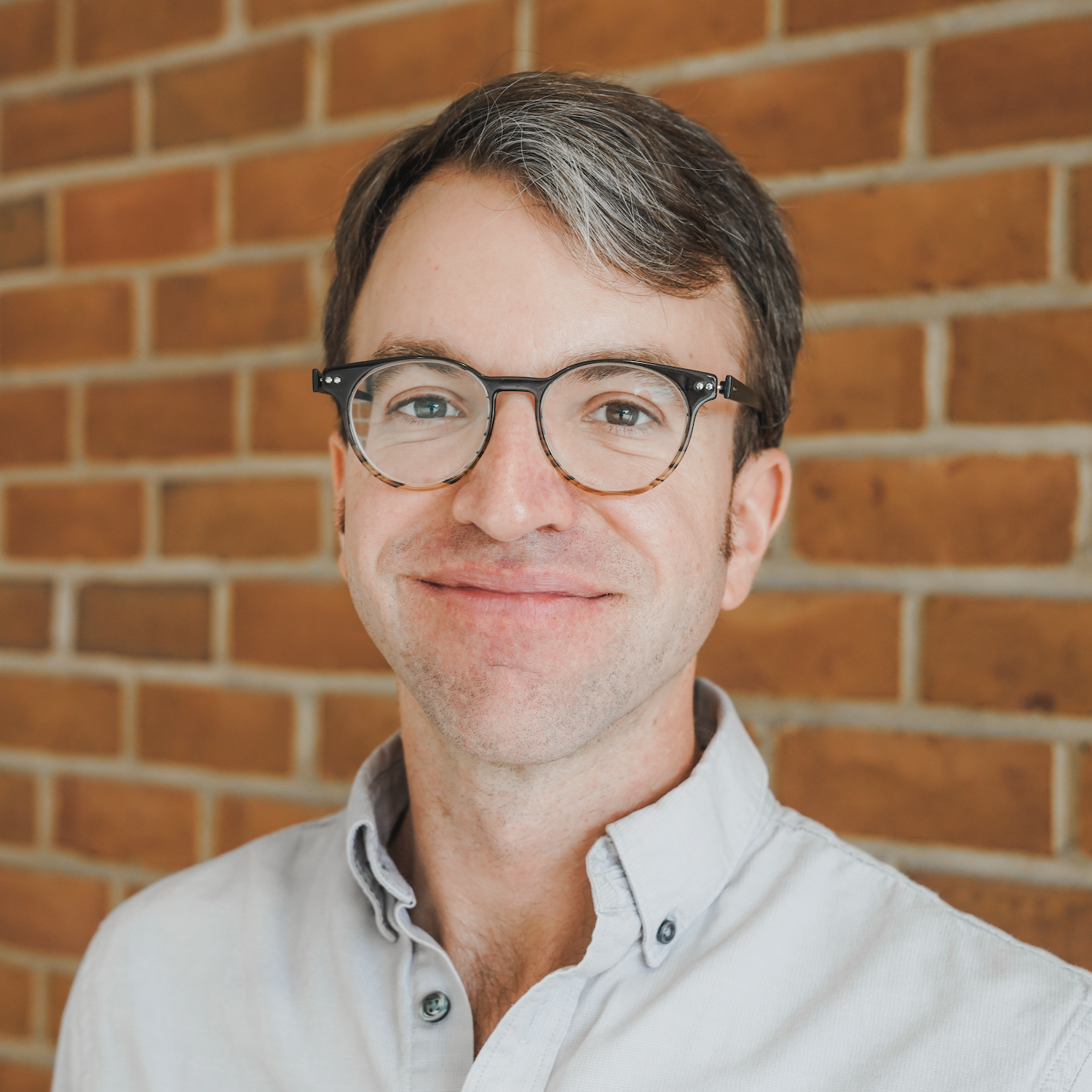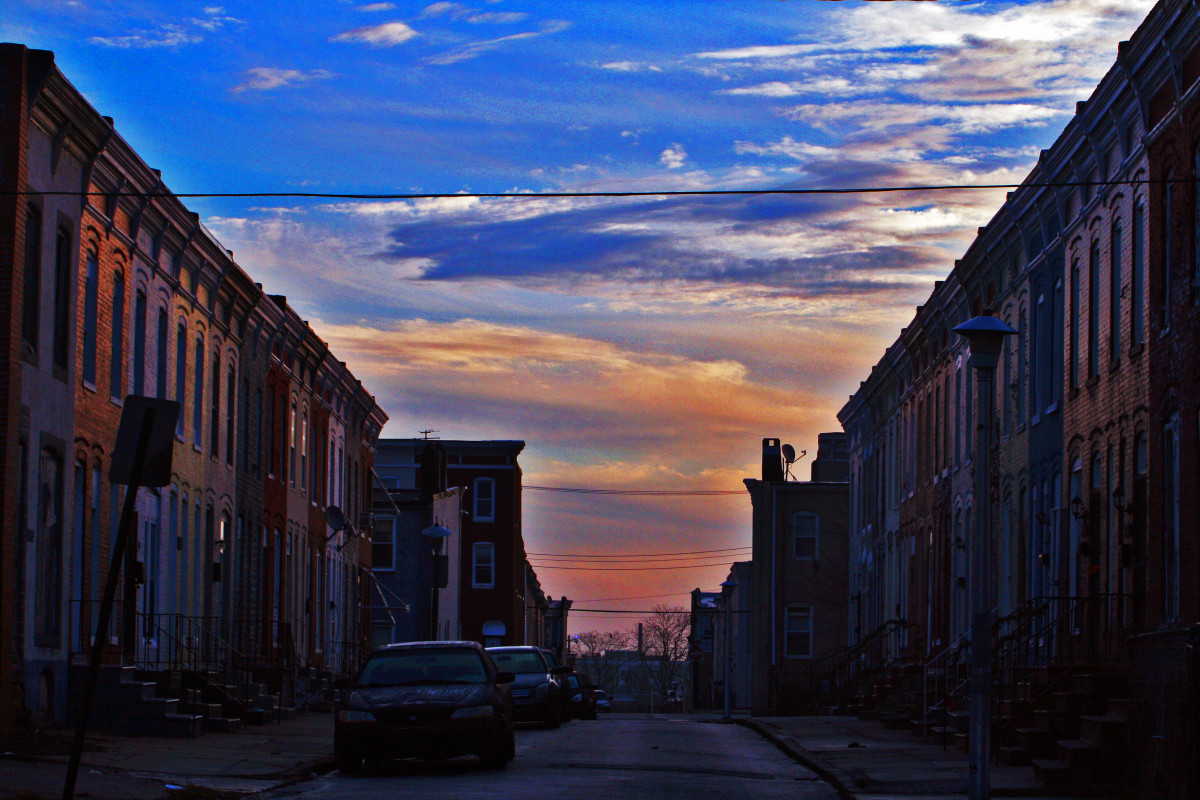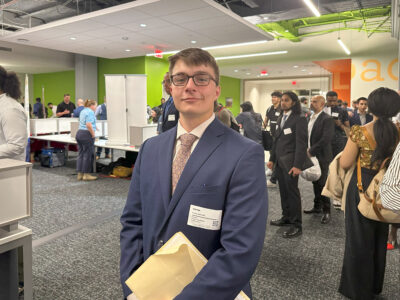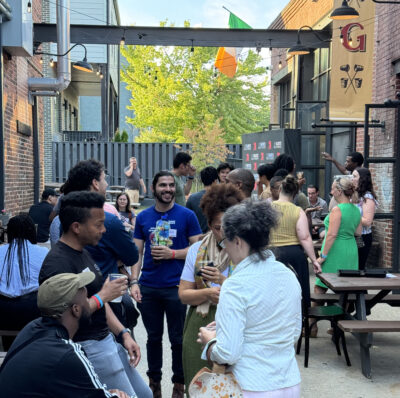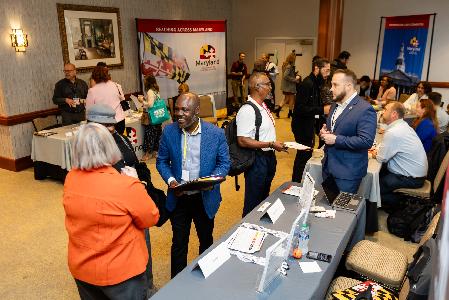Through June 8, citizens can add their comments to a draft update of the city’s Sustainability Plan.
The plan focuses on meeting needs for the future through environmental stewardship, social equity and economic health. With a draft released, the team at the Baltimore Office of Sustainability is seeking out input from the public.
People have opinions on everything from the weather, the new restaurant down the street, or the latest viral video online. But with the sustainability plan, you have a chance to give your opinion and help make impactful change! So don't delay. https://t.co/4c2w9ju6dU pic.twitter.com/ZX08uCFN5o
— Baltimore Office of Sustainability (@SustainBmore) May 23, 2018
Throughout the process of drafting and implementing the plan, the Office of Sustainability is applying an equity lens, according to Stephanie Smith, Assistant Director for Equity, Engagement and Communications at the city’s Department of Planning.
“We cannot meaningfully work for sustainability without deliberately addressing the enduring social, economic and environmental disadvantages that people experience based on their race, ethnicity and class,” the draft plan states.
Working with the Urban Sustainability Directors Network, the Office set out approached the plan by considering four areas. These included looking at equity in how resources are distributed, historic advantages and disadvantages in a given community, as well as whether a policy will affect future generation. The Office also used a lens of “procedural equity,” to include residents that have been historically excluded from planning processes in all phases.
“Baltimore’s Office of Sustainability began outreach on what should be covered in the Sustainability Plan by recruiting 125 resident Sustainability Ambassadors,” Smith told us via email. “These were residents from diverse communities, experiences, ages and personal experiences were trained in equitable engagement practices and worked to get their neighborhoods to participate in a survey about what they liked about their communities and what they thought was needed to improve their communities. Lead Ambassadors were compensated for their time and funds were allocated for ambassadors to gather in groups to more effectively brainstorm obtaining survey responses.”
Smith said the USDN equity lens was used in the process of recruiting ambassadors and gathering input, as well as “to assess the quality of the draft plan and to identify where more public input would be beneficial.”
During the final public comment period, which is currently underway, the Office is also applying digital tools. One avenue is on Twitter and Facebook, where staff are taking questions. One session was held May 24, and the next is on June 6.
“Social media is an important tool in our outreach toolkit,” Smith said. “We want to bring this work to the wider Baltimore community to ensure we aren’t missing any critical perspectives.”
Q6: How can we build a strong network of urban farmers in Baltimore? #sustainbmore
— Baltimore Office of Sustainability (@SustainBmore) May 24, 2018
The public can also insert comments into the plan itself. The office is using the CivicComment platform, which allows users to register and input their comments, as well see other comments that were offered.
“This transparency was important for residents to know what feedback was being given,” Smith said.
Before you go...
Please consider supporting Technical.ly to keep our independent journalism strong. Unlike most business-focused media outlets, we don’t have a paywall. Instead, we count on your personal and organizational support.
Join our growing Slack community
Join 5,000 tech professionals and entrepreneurs in our community Slack today!
